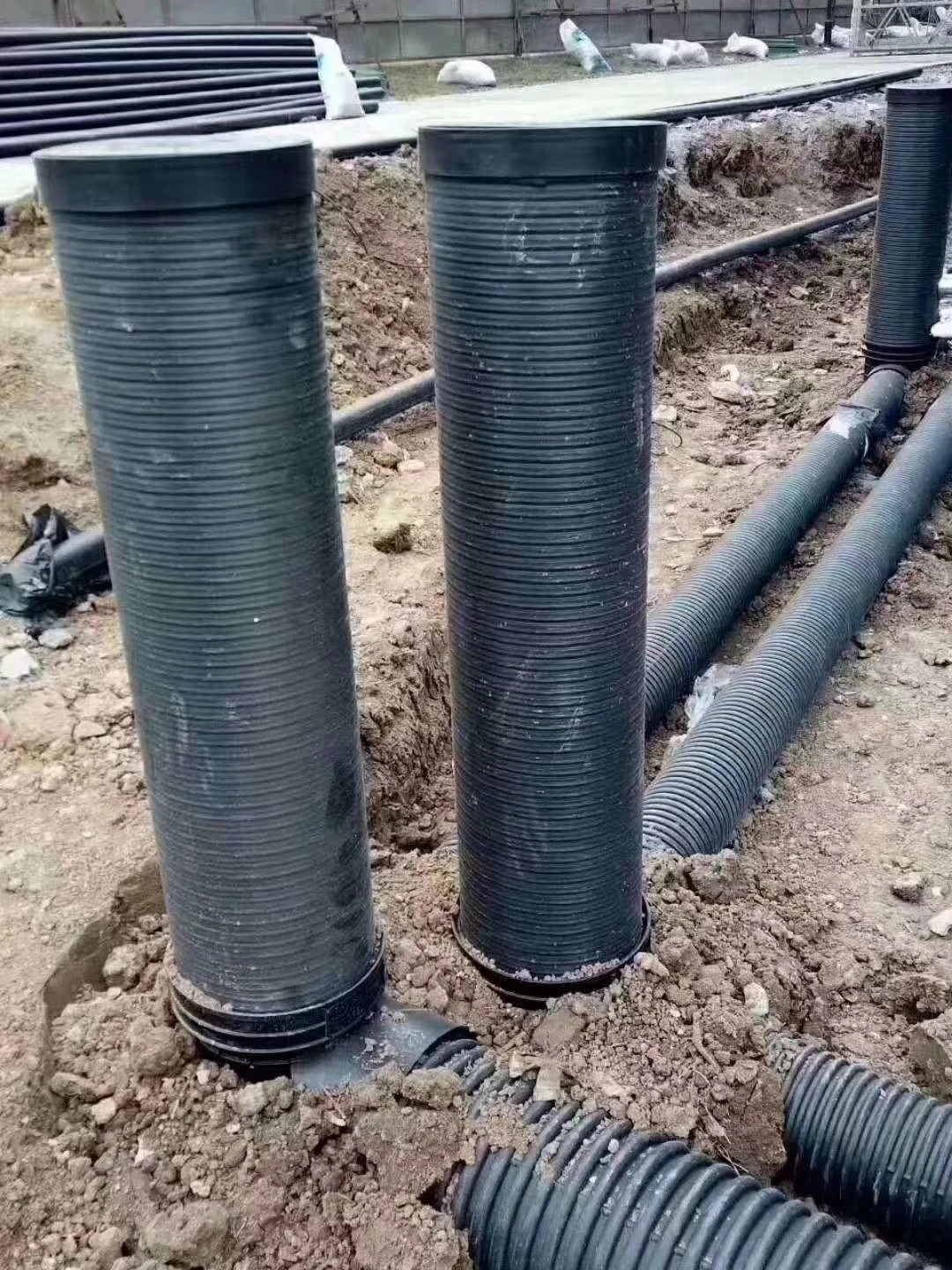Nov . 18, 2024 20:12 Back to list
HDPE Couplings for Reliable and Durable Piping Solutions in Various Applications
Understanding HDPE Couplings A Comprehensive Guide
High-Density Polyethylene (HDPE) is renowned for its strength, durability, and resistance to corrosion and chemicals, making it a popular choice in various industrial applications. One critical component in HDPE piping systems is the coupling, which plays an essential role in connecting sections of pipes, ensuring a seamless and reliable flow of fluids. In this article, we will explore the significance of HDPE couplings, their types, applications, and benefits while also highlighting considerations for selecting the right coupling for your project.
The Significance of HDPE Couplings
HDPE couplings are specifically designed to create a secure and leak-proof connection between two HDPE pipes. These couplings help maintain the integrity of the piping system, whether it’s used for transporting drinking water, wastewater, chemicals, or other fluids. A reliable coupling minimizes the risk of leaks and failures, which can lead to expensive repairs and potential environmental hazards.
Types of HDPE Couplings
There are various types of HDPE couplings available in the market, each tailored for specific applications and installation methods. The most common types include
1. Electrofusion Couplings These couplings are equipped with electric heating elements that, when supplied with electricity, melt the HDPE surfaces of both the coupling and the pipes being joined. This results in a homogenous and strong bond. Electrofusion couplings are favored for their reliability and the minimal skill required for installation.
2. Butt Fusion Couplings In this method, the ends of two HDPE pipes are heated until they melt, and then they are pressed together until they cool and solidify. Butt fusion creates a very strong joint, making it ideal for high-pressure applications. However, this method requires specialized equipment and skilled technicians.
3. Mechanical Couplings These couplings use a series of bolts, clamps, or other mechanical means to hold the pipes together. They are easy to install and can be used in various applications. Mechanical couplings are especially useful for connecting different types of pipes or for applications where flexibility is needed.
4. Transition Couplings These are designed to connect HDPE pipes to other materials like PVC or metal pipes, facilitating the integration of various piping systems. Transition couplings are essential in multi-material pipelines and are available in numerous configurations.
Applications of HDPE Couplings
hdpe couplings product

HDPE couplings are used across numerous sectors, including
- Water Supply and Distribution HDPE pipes are widely used for potable water supply due to their non-toxic properties and resistance to biofilm growth. - Agriculture In irrigation systems, HDPE pipes coupled correctly ensure efficient water transportation, reducing losses and improving crop yields. - Wastewater Management Their corrosion-resistant nature makes HDPE couplings ideal for sewage systems and treatment facilities, where durability and chemical resistance are paramount.
- Gas Distribution With the rise of natural gas applications, HDPE couplings play a vital role in safe and efficient gas transportation.
Benefits of Using HDPE Couplings
The advantages of HDPE couplings are manifold
- Durability HDPE is resistant to a wide range of chemicals, UV radiation, and harsh environmental conditions, offering longevity and reducing the need for frequent replacements.
- Flexibility HDPE pipes can bend without breaking, allowing for easier installation in challenging terrains.
- Leak Resistance The homogenous joints created by electrofusion and butt fusion considerably minimize the risk of leaks.
- Cost-Effectiveness Although the initial investment may be higher, the reduced maintenance costs and longevity of HDPE systems often lead to overall savings in the long term.
Conclusion
In summary, HDPE couplings are an essential component of modern piping systems in various industries. Their ability to create strong, reliable connections contributes significantly to the overall performance and safety of fluid transportation systems. Understanding the various types and applications of HDPE couplings allows engineers and project managers to make informed decisions, ensuring the success of their projects while safeguarding environmental and public health. With advancements in technology and materials, the future of HDPE coupling systems looks promising, making them a smart choice for innovative and efficient infrastructure development.
-
High-Quality PVC Borehole Pipes Durable & Versatile Pipe Solutions
NewsJul.08,2025
-
High-Quality PVC Perforated Pipes for Efficient Drainage Leading Manufacturers & Factories
NewsJul.08,2025
-
High-Quality PVC Borehole Pipes Durable Pipe Solutions by Leading Manufacturer
NewsJul.08,2025
-
High-Quality PVC Borehole Pipes Reliable PVC Pipe Manufacturer Solutions
NewsJul.07,2025
-
High-Quality UPVC Drain Pipes Durable HDPE & Drain Pipe Solutions
NewsJul.07,2025
-
High-Quality Conduit Pipes & HDPE Conduit Fittings Manufacturer Reliable Factory Supply
NewsJul.06,2025

